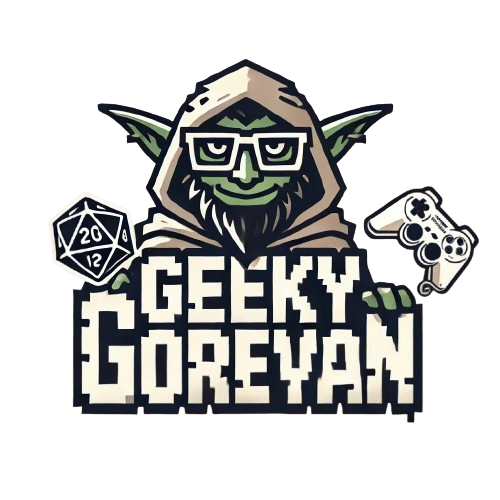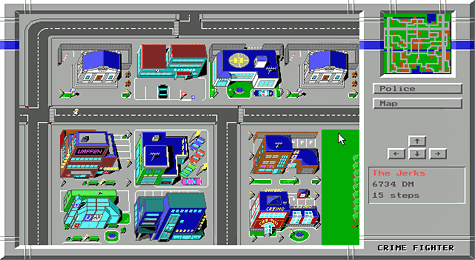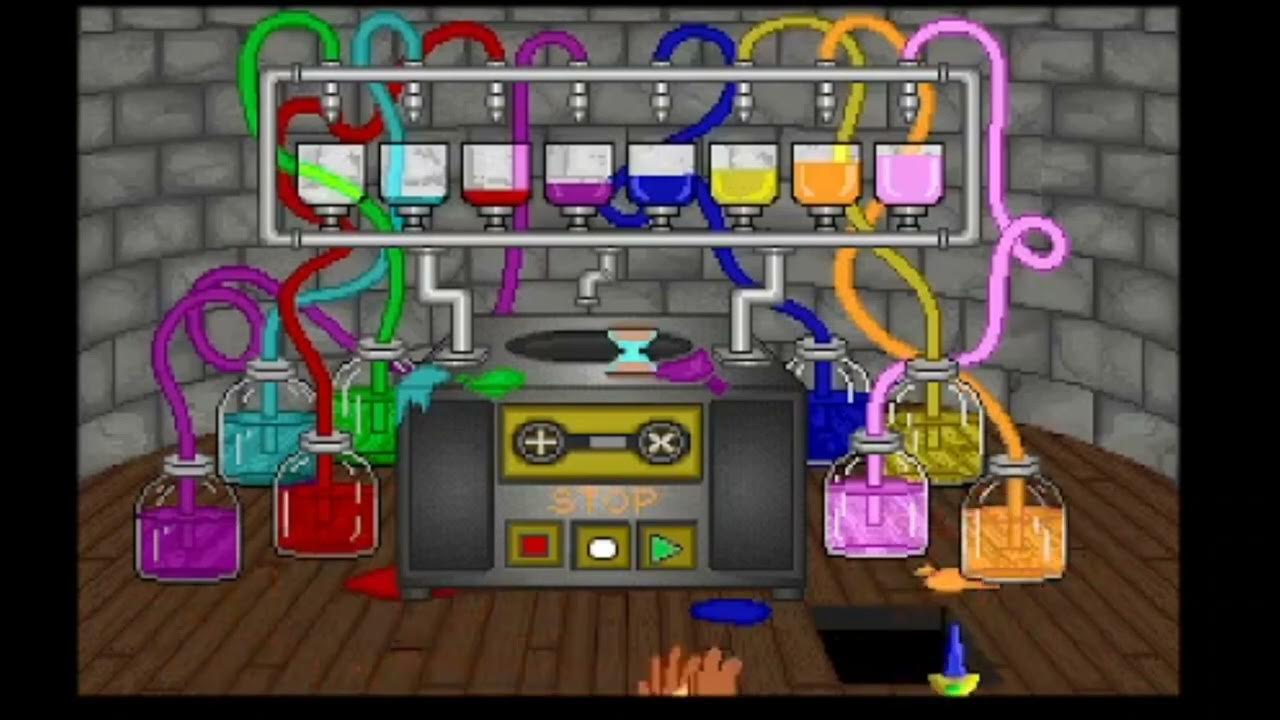In 2004, The Lord of the Rings mania was in full swing after the release of the award-winning films. EA capitalized on the trilogy’s popularity by developing a real-time strategy game set in Middle-earth for Windows PCs. The Battle for Middle-earth allowed players to command the forces of good and evil in epic battles across locations made famous by the books and movies.
Bringing Middle-earth to Life
The Battle for Middle-earth impressively brought J.R.R. Tolkien’s fantasy world to life in vivid detail. Players could zoom in close enough to see each unit’s gear and animations. Environments like Hobbiton and Minas Tirith were modeled with care to mimic their film counterparts. The game featured the voice talent of actors like Hugo Weaving to further strengthen the Lord of the Rings ambiance. Players could lead massive armies of iconic units like Aragorn, Legolas, Saruman, and the Balrog in campaigns based on the War of the Ring.
Innovative Faction Design
What set The Battle for Middle-earth apart from other RTS games was its innovative faction design. Each of the four factions – Rohan, Gondor, Isengard and Mordor – had wildly different troop types, abilities and playstyles. Rohan relied on mounted soldiers like horses and cavalry archers. Gondor utilized sturdy soldiers and fiery catapults. Isengard swarmed enemies with killing machines like the Uruk-hai. Mordor overwhelmed foes with Orcs, Trolls, Mumakil and flying Nazgûl. Units even spoke in the real languages crafted by Tolkien, immersing players deeper into Middle-earth.
Hero Units Change the Tide
The most unique aspect of the game was its Hero units. Legendary characters like Gandalf, Saruman, Gollum and the Balrog appeared on the battlefield as super units that could demolish scores of foes. The Balrog could sweep aside dozens of soldiers with its flaming whip, while Gollum could appear anywhere unseen. Players had to adjust strategies depending on which Heroes their opponent acquired. These power units made combat intense and unpredictable, as a Hero’s arrival could quickly change the tide of battle.
Strategic Warfare
Victory required more than just building a large army. Players had to build structures to upgrade troops, research better armor and weapons, and manage resources intelligently. Lore and special powers were acquired by capturing strategic points or killing enemy units. Knowing when and where to attack took careful planning. Destructible environments added complexity – bring down a bridge to cut off enemy reinforcements, or demolish part of a fortress wall to open up a new attack route. There was satisfaction in seeing a cunning strategy successfully unfold.
Massive Scale
The Battle for Middle-earth’s battles could become staggeringly large affairs. Players could command over 100 units at once when population limits were maxed out. With huge armies clashing and spells and arrows criss-crossing chaotic battlefields, players’ tactical skills were put to the test maneuvering around and targeting enemies amidst the fray. The game’s engine handled the epic confrontations well, with minimal slowdown even when the screen was filled with fighting forces. Seeing legions of Uruk-hai besieging Helm’s Deep or the hordes of Mordor ambushing Minas Tirith created properly epic warzone scenes.
Great Level Design
While its 16 story missions provided considerable single-player content, the game really shined in multiplayer and its dynamic Skirmish mode. Multiplayer supported up to 8 players on a variety of maps based on famous locales. Facing off against human players brought out new strategic depths as you reacted to your opponent’s decisions in real-time. Skirmish mode featured randomly generated maps and custom rules, enhancing replayability. Levels were well-designed with terrain features, choke points and pathways that made positioning and movement meaningful. Players spent hours battling others online or against AI in Skirmish mode.
A Landmark RTS
The Lord of the Rings: The Battle for Middle-earth still stands tall as a high point for real-time strategy gaming. It combined the strategic depth that RTS fans expect with the enticing lore of Tolkien’s universe and innovative Hero units. Its four distinct playable factions provided tremendous replay value. Visually and sonically it was a beautiful game that made you feel part of Middle-earth’s mammoth clashes. While EA’s 2003 The Lord of the Rings: War of the Ring RTS stumbled, their follow-up The Battle for Middle-earth got everything right and became the definitive Lord of the Rings RTS experience. It remains one of the best representations of epic fantasy combat realized in video game form (and my personal favorite of all time!).









